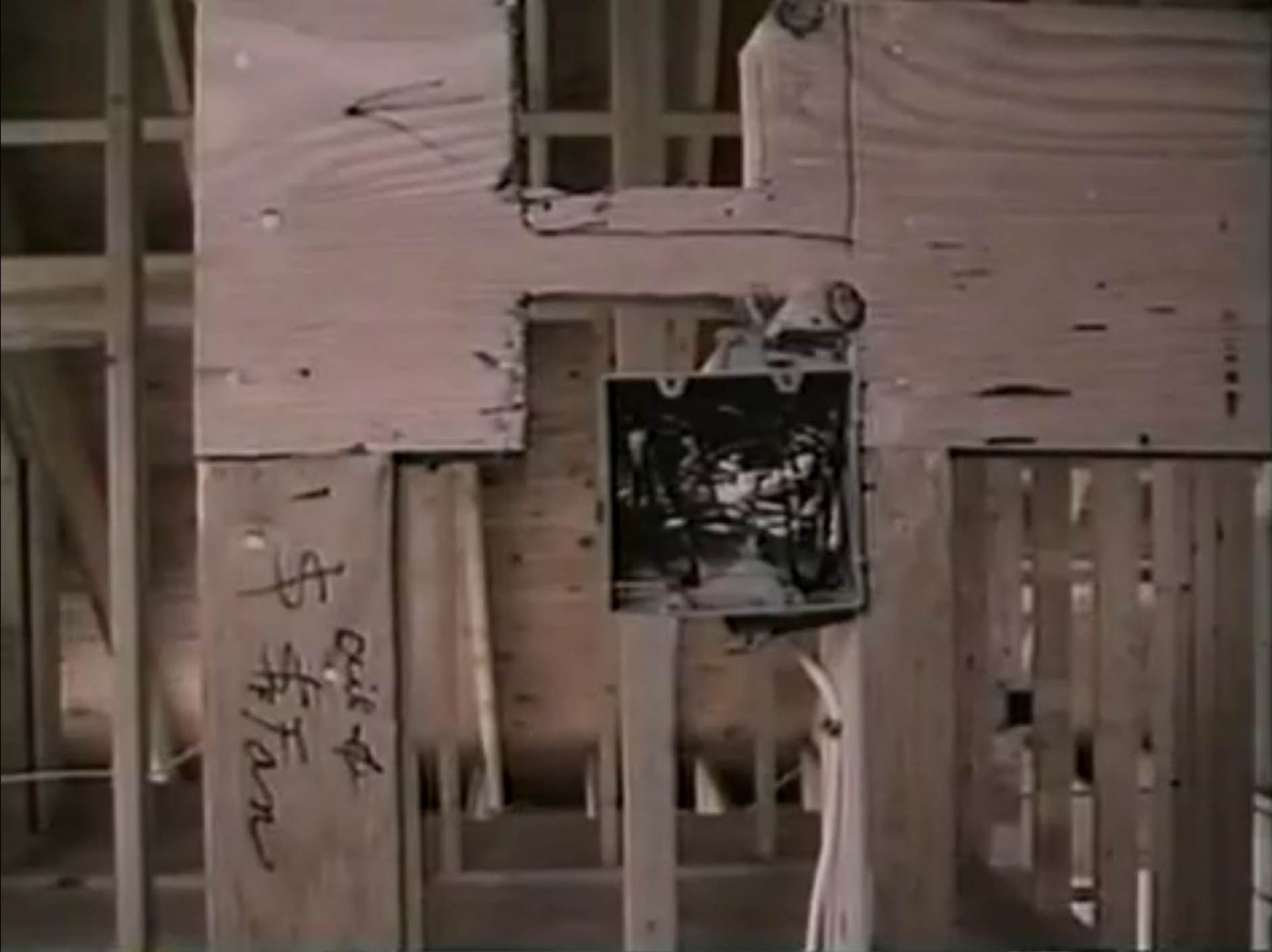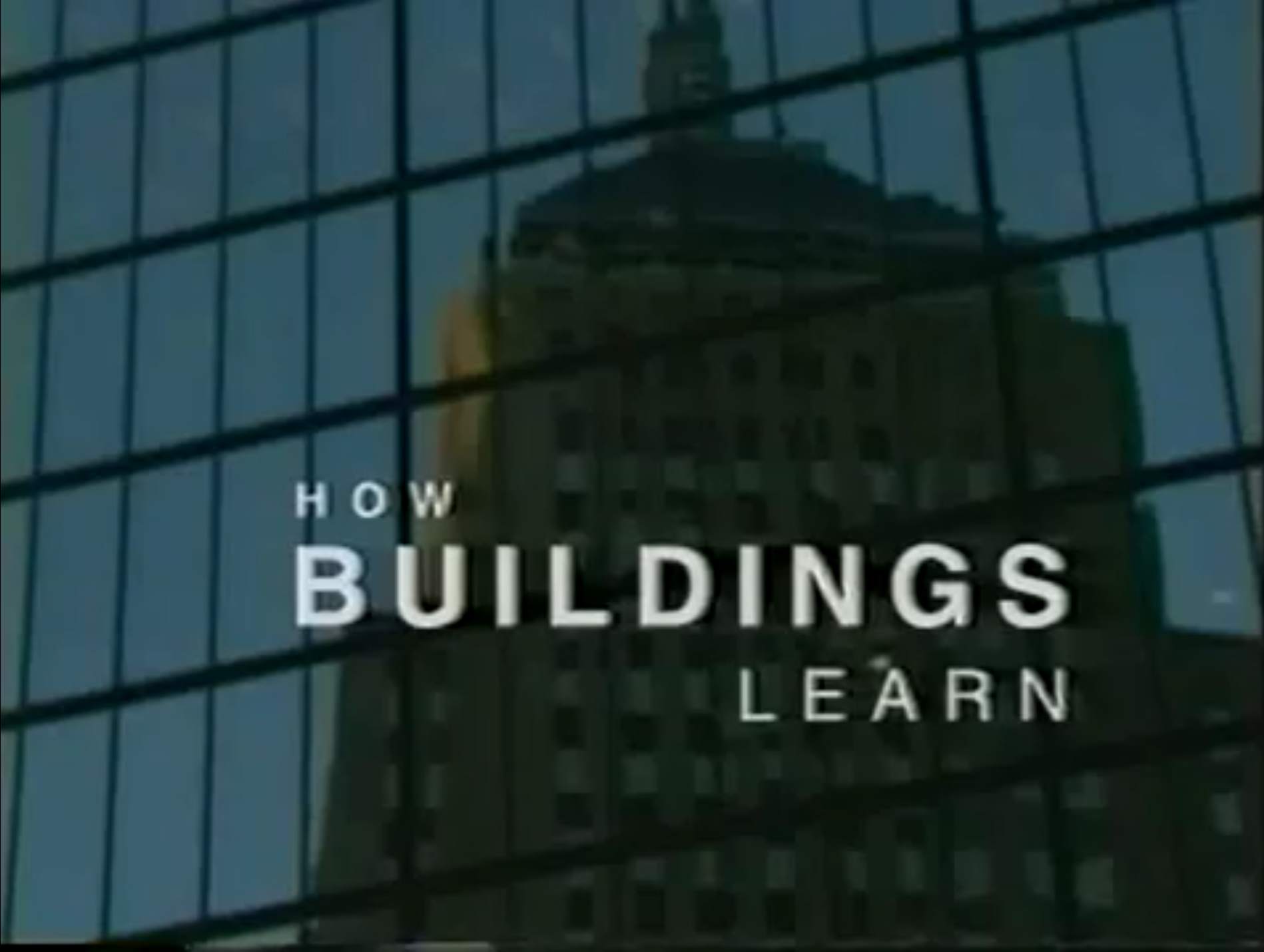tecznotes
Michal Migurski's notebook, listening post, and soapbox. Subscribe to ![]() this blog.
Check out the rest of my site as well.
this blog.
Check out the rest of my site as well.
Jan 21, 2014 6:06am
blog all video timecodes: how buildings learn, part 3
Following a tip from Jason Kottke, we’ve been watching the six-part BBC series How Buildings Learn, narrated by Stewart Brand and based on his book. The third part, Built For Change, should be required viewing for any designer or developer. It’s rich with advice now quietly part of the software canon. This includes several cameos from architect Christopher Alexander, famous to the software world as the inspiration for the concept of design patterns. What’s most interesting here is the explicit relationship between longevity and lean, repair-like methods.
“All buildings are predictions; all predictions are wrong.”
On San Francisco’s numerous victorians, including the famous painted ladies: “Right angles, flat walls, and simple pitched roofs make them easy to adapt and maintain.”
Montréal’s McGill University Next Home project is an example of homes designed for modification. They’re fairly standard-looking row houses, “easily modified, customized as finances allow … easily adaptible, flexible, and most all affordable.” Each building is sold half-finished, with new owners expected to finish parts of the house beyond the core living area:
Once you get comfortable with the idea that a building is never really finished, then it comes naturally to build for flexibility. For instance, in a new building you can have some areas that are left half-completed, the way attics used to be.
Professor Avi Friedman, on revisiting the homes:
5,000 homes have been built in Montréal since the idea was first introduced. When we came back to the homes three years later, to our surprise and joy we found that 92% of all the buyers changed, modified, improved the homes.
The theme of architects returning to a completed project, to check on how it’s been used and learn from its post-construction history, is one that Brand returns to many times. Lots of congruence with standard software UX practice there.
On conservatism:
Most buildings that are designed by architects to look radical, wind up pretty conservative. A better approach is to start conservative and sensible, and then let the building become radical by being responsive.
The episode finishes up with architect John Abrams talking about his company’s fascinating practice of meticulously documenting every home they construct in photographs, prior to finishing. The photos show plumbing, framing, electrical, and other construction details prior to the addition of drywall:
We started this process years ago. What happens is, we take those photographs, put them in a book, and that book stays with the house. Presumably forever. It becomes very useful to the carpenters and tradespeople, but then it increases in value over time … there’s this document, it’s like x-ray vision into the walls.

“A building is not something you finish, a building is something you start.”

Comments (1)
I made some notes from the book when I read it, in case that's an interesting reminder of the ideas at some point: http://www.gyford.com/phil/writing/2004/10/24/how_buildings_le.php
Posted by Phil Gyford on Tuesday, January 21 2014 4:55pm UTC
Sorry, no new comments on old posts.